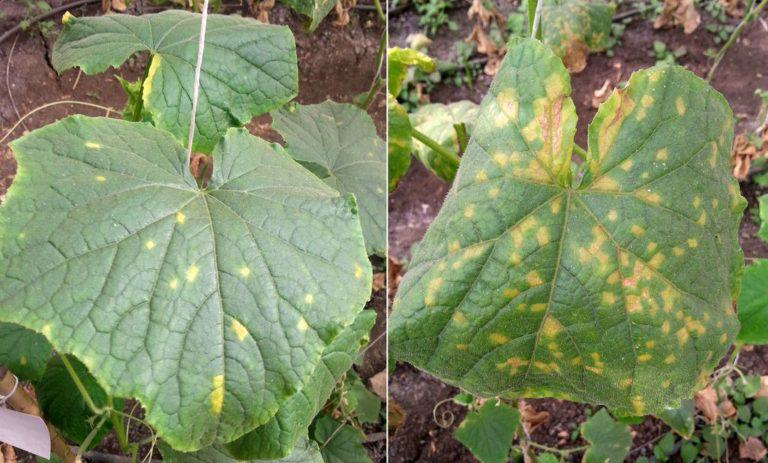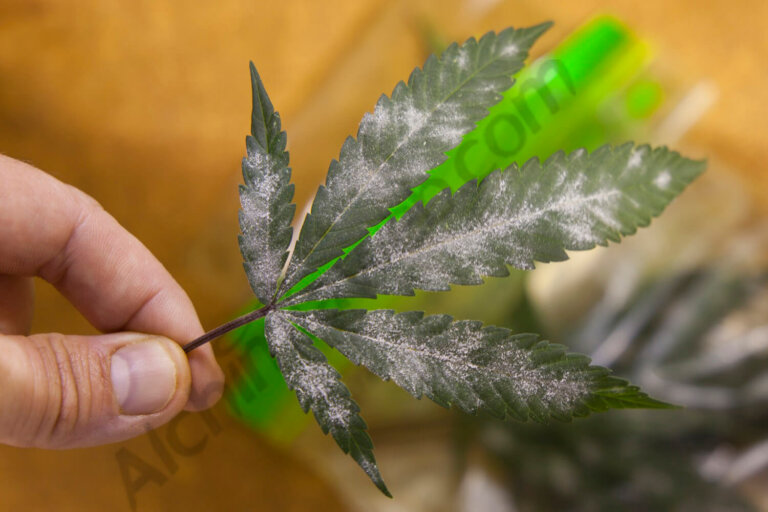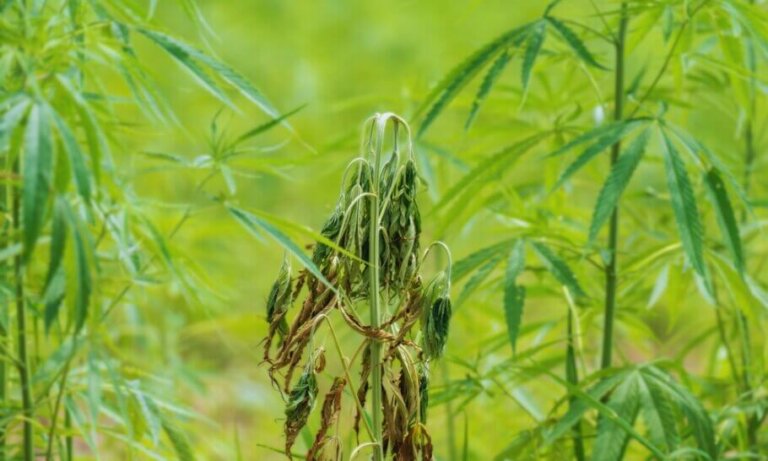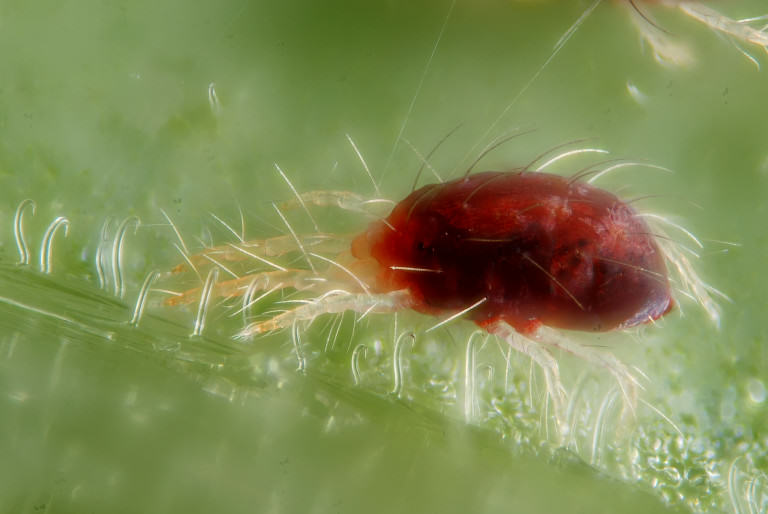Alternaria in the cannabis crop
List of contents
What is Alternaria?
Alternaria is a genus of ascomycete fungi. Alternaria species are known to be major plant pathogens, responsible for at least 20% of all agricultural spoilage, and are common allergens in humans, associated with hay fever, asthma, skin problems and are a cause of opportunistic infections in immunocompromised people.
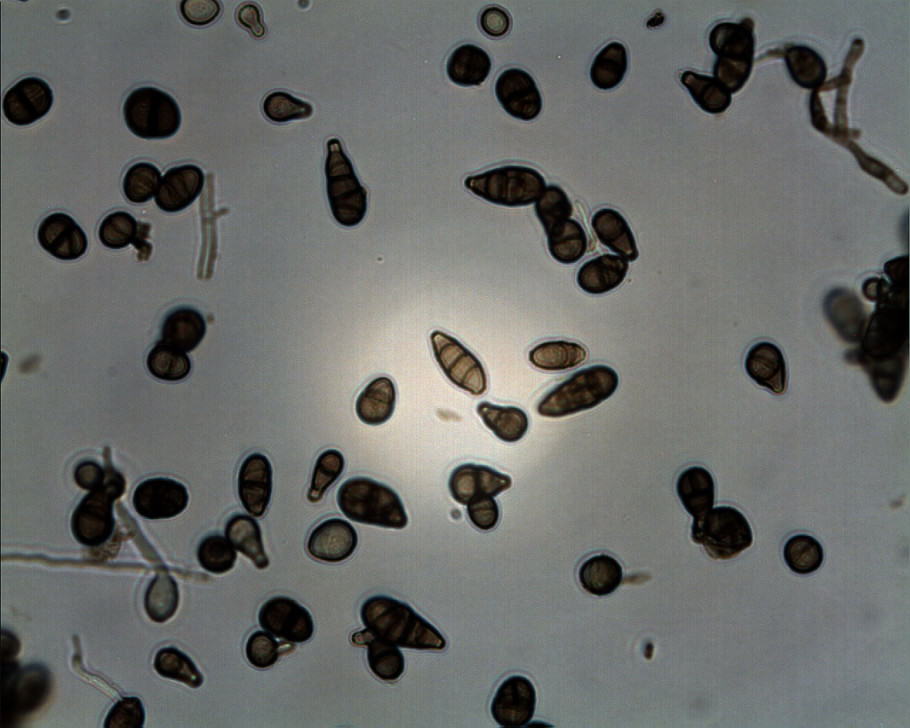
There are 299 species in the Alternaria genus, they are ubiquitous in the environment and are a natural part of fungal flora, being normal agents of decomposition and decay. The club-shaped spores are are airborne and are also to be found in water, soil, on objects and indoors.
Alternia species are known to often be prolific producers of a wide variety of toxins, the precise effects of these compounds on plants and animals is still unclear, although as previously mentioned, a minimum of 20% of the losses in agriculture are thought to be due to Alternaria, and in some cases it can be as high as 80%. These statistics clearly demonstrate the undoubtedly serious nature of the problem to farmers and growers; however, not all Alternaria species are pests or pathogens, indeed, research has shown they may be highly useful as biocontrol agents for dealing with invasive plant species.
Development and reproduction of Alternaria
Spores can survive dormant for long periods of time, they are highly resistant to variations in temperature and humidity and as such are present at an atmospheric level during almost the entire year. The fungus survives in soil, in decomposing organic material and in the remains of infected leaves. We advise taking special care of hygiene in greenhouses where temperature and humidity can rise quickly. Problems frequently arise when recycling growing media from crop to crop. If there's even a slight chance of infection, it’s always better to buy new substrate to ensure a growing medium free from pathogens.
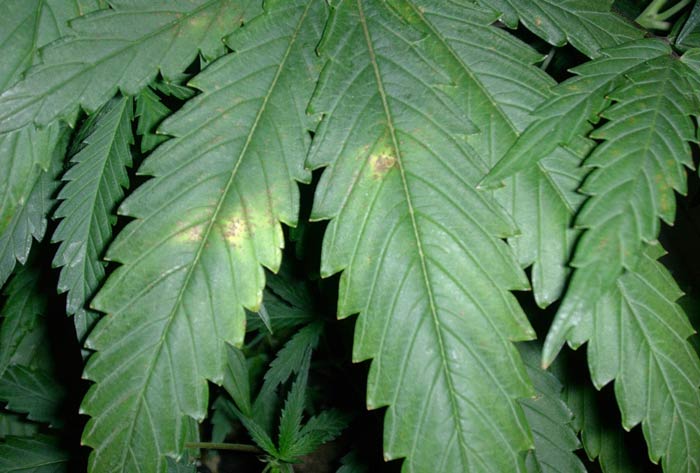
The peak of development of the Alternaria mycelium usually occurs with temperatures of around 27ºC. The fungus will begin to produce spores in temperatures of 19-23ºC, from ten days after infection, which are then dispersed by the wind and rain. Spores usually settle on the lower parts of the plant, where infection begins within 12 hours as the spores germinate and penetrate the leaf's epidermis.
As with the majority of fungi, Alternaria requires high humidity for its development and reproduction, however the most favourable conditions for its growth are when moisture and drought alternate. Therefore, when combating this pathogen, care must be taken to check plants daily during rainy periods or in the case of heavy morning dew and if necessary apply a preventative fungicide such as Aptus Fungone.
Symptoms and damage caused by Alternaria
The fungus itself can’t be seen with the naked eye, so keeping a look out for the damage that it causes in the foliage (or stem) of your plants is the only way to detect it's presence in your grow.
The Alternaria causes leaf necrosis - characterised by dry spots of brown, gray or black colour on the foliage of plants. These spots, which can measure up to 2cm in diameter can present round concentric marks alternating between light and dark, forming "rings" in the leaves, with a yellowish margin (chlorosis). On occasions these spots will crumble and disintegrate, leaving a hole in the leaves.
Normally, the growth of these spots is limited by the thicker nerves of the leaves, although they can come together and form considerably large infected areas. In this event, the loss of leaves (defoliation) will be greater, in serious cases being enough to lead to the death of the plant.

Although Alternaria normally develops on the leaves as described above, it also frequently attacks the stems of young seedlings, creating spots of grayish-brown colour (normally at the base of the stem, the area in contact with the substrate) causing rot that often kills the host plant. The spots on the stems can also show concentric rings, although to a lesser extent than on the leaves. You will be able to observe black speckles within the spots - these are called conidiophores and are responsible for the reproduction of the fungus (production of spores). Sometimes, as with tomatoes or potatoes, it also attacks fruits, producing black round or oval spots and spoiling crops.
Unhealthy plants are more prone to Alternaria infection, for example those that are attacked by nematodes, with nitrogen or potassium deficiencies - either caused by a poor soil or fertiliser misuse - or those that with water-logged substrate are much more at risk.
Prevention and control of Alternaria
Keeping in mind the months of maximum activity of the fungus (March, April and May with a second period in September and October) it's possible to plan a prevention programme against Alternaria. As always, proper hygiene should be observed - just as important when growing outdoors as with indoor cultivation - by removing any decomposing plant matter. When disposing of debris from infected plants, incineration is the best option, always following the appropriate safety measures. Proper ventilation of the plants and avoiding overwatering will also greatly help to keep this fungus at bay.

For an environmentally sensitive preventative approach to an Alternaria attack, spray plants with natural fungicides like Horsetail (Equisetum arvense), Potassium soap like Oleatbio or the highly recommendable Propolix, applying any of these products every 10-15 days (ideally alternating between products each application).
If you choose to use a chemical preventitive, products like Maneb or Mancozeb are broad spectrum fungicides commonly utilised for this purpose. Other chemical fungicides that work well against Alternaria are products based on zineb, chlorothalonil or copper fungicides (hydroxide cupric, copper oxinate, zineb+copper oxychloride, “Bordeaux Mixture”). As usual, we recommend the responsible use of chemicals only as a last resort, when no other remedy will work and always following all the safety guidelines and precautions for use specified on the label.
Happy harvests!

































































